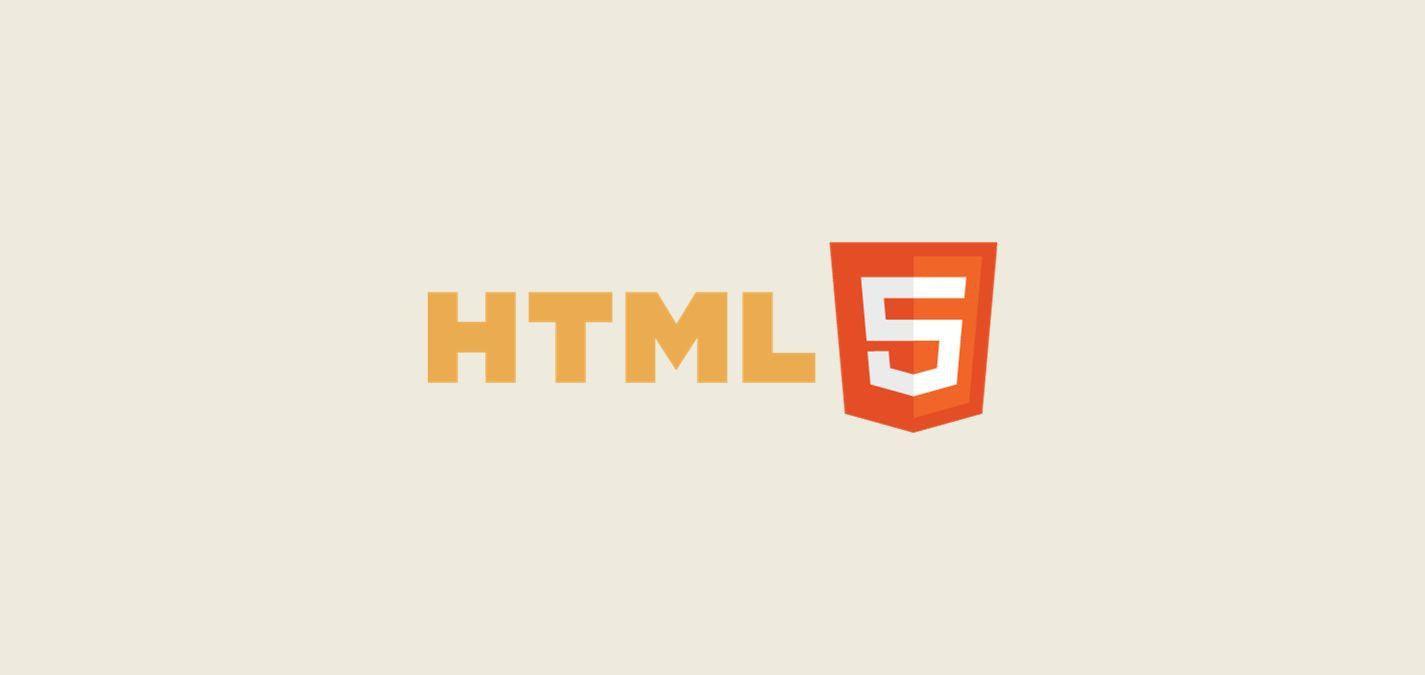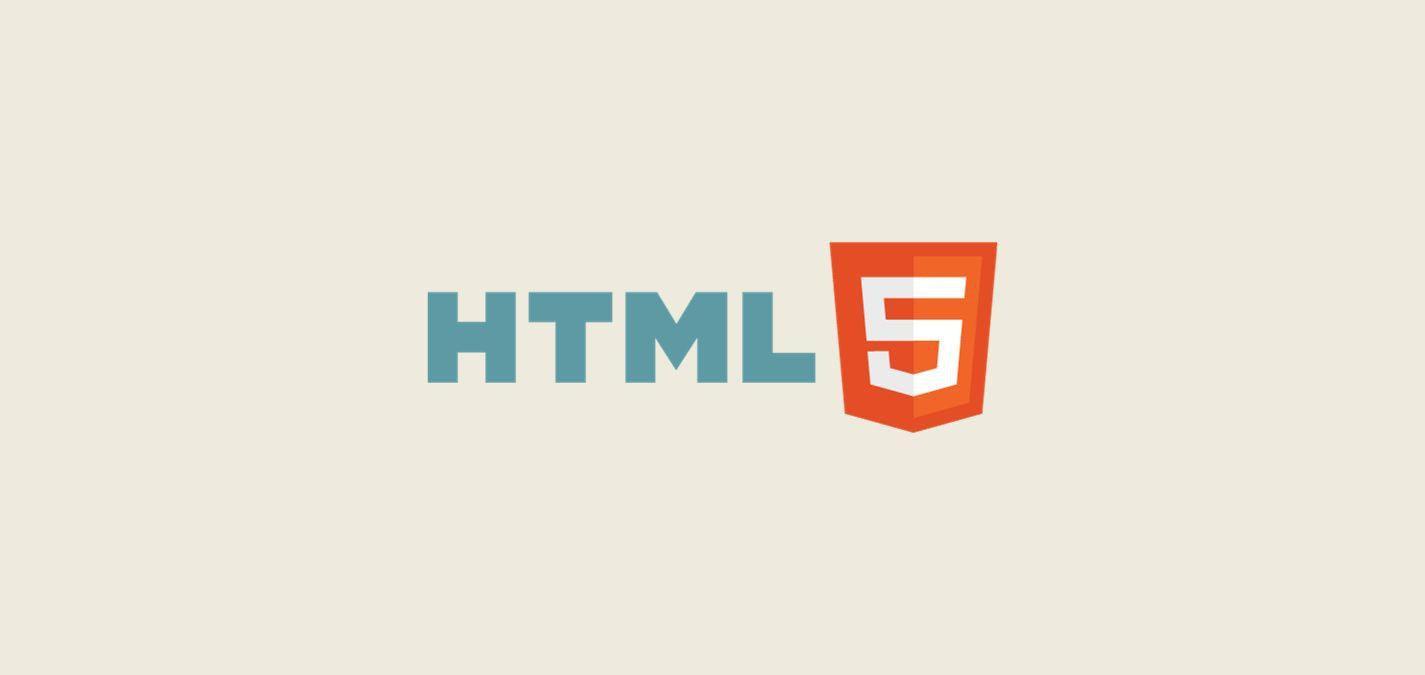The digital world is always in flux, with new innovations reshaping the landscape. One such pivotal change was the evolution of HTML5. Let's embark on a journey to understand the revolution brought about by HTML5.
Introduction to HTML5 Evolution
A Flashback: Previous HTML Versions
HTML, the backbone of web pages, has witnessed significant shifts since its inception. Earlier versions, including HTML 4.01, paved the way for what we see today. They brought structure, style, and interaction possibilities. However, as technologies progressed and user demands evolved, there was a need for something more advanced, more versatile.
Why the Shift to HTML5?
The digital audience today demands rich, interactive, and multimedia-filled web experiences. Traditional HTML versions, while robust, were not equipped to cater to these needs without relying heavily on third-party plugins. HTML5 was conceptualized to bridge this gap. It aimed to provide developers with the tools to build intricate web applications while ensuring smoother, more intuitive user experiences.
The New Arsenal: Key Elements in HTML5
Multimedia at Your Fingertips: <audio>, <video>
HTML5 introduced native multimedia support. The <audio> and <video> tags eliminate the need for external plugins like Flash. Now, embedding a video or audio clip is as simple as:
<video width="320" height="240" controls>
<source src="movie.mp4" type="video/mp4">
Your browser does not support the video tag.
</video>
For more on multimedia integrations, see our Ultimate Guide to HTML.
Dynamic Graphics Made Easy: <canvas>, <svg>
Want to draw graphics on the fly or design interactive games? HTML5's <canvas> element is your answer. Coupled with JavaScript, it provides a playground for graphical wonders.
SVG, or Scalable Vector Graphics, allows for XML-based vector graphic design, making your graphics crisp regardless of the zoom level.
Structured Web Content: <article>, <section>, <aside>
Semantic elements like <article>, <section>, and <aside> bring meaning to web content. They tell the browser (and search engines) about the structure and significance of content. For instance, <article> can encapsulate a standalone piece of content, while <aside> usually contains information tangentially related to the content around it.
Going Beyond Basics: Advanced Features and APIs
Stay Local: Geolocation API
HTML5's Geolocation API empowers web applications to get a user's geographical position, subject to user consent. This has opened doors for location-specific functionalities, from local search results to tailored user experiences.
Interactive UI: Drag and Drop API
The drag-and-drop functionality isn’t just for desktop applications anymore. With HTML5, web applications can seamlessly support drag-and-drop features, enhancing user interactivity.
Storing on the Client Side: Local and Session Storage
Remember the times when cookies were our only option for storing web application states? Enter HTML5's Local and Session Storage. They allow websites to store data as key-value pairs in a web browser with a larger storage limit than cookies.
Out with the Old: Deprecated Elements in HTML5
Tags to Sidestep
Not everything from the older HTML versions made the cut in HTML5. Elements like <frame>, <frameset>, and <noframes> have been deprecated. They're relics of the past and are better left unused for modern, responsive web designs. Always ensure you're using tags relevant to today's web standards. To get a detailed understanding of deprecated tags and their modern alternatives, check our Ultimate Guide to HTML.
In Conclusion: Embracing the Future with HTML5
HTML5 isn't just an upgrade; it's a reimagination of what web content can be. It brings web development closer to the visions of rich, interactive, and seamless user experiences. As web developers, staying updated with these advancements isn't just beneficial—it's vital. Keep learning, keep experimenting, and let HTML5 be the tool that transforms your web visions into reality.
For a holistic dive into all things HTML, don't forget to visit our Ultimate Guide to HTML and explore more!




